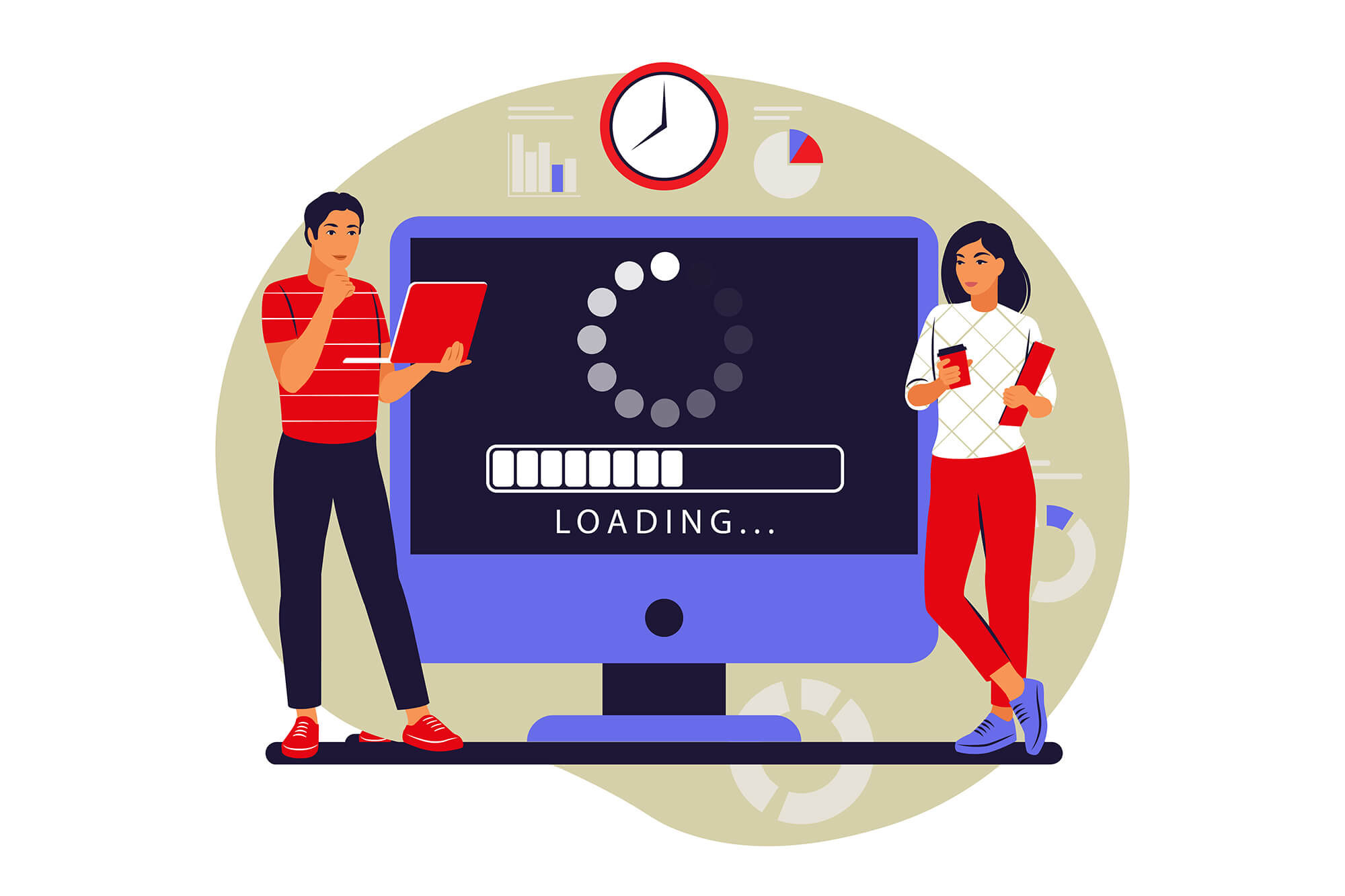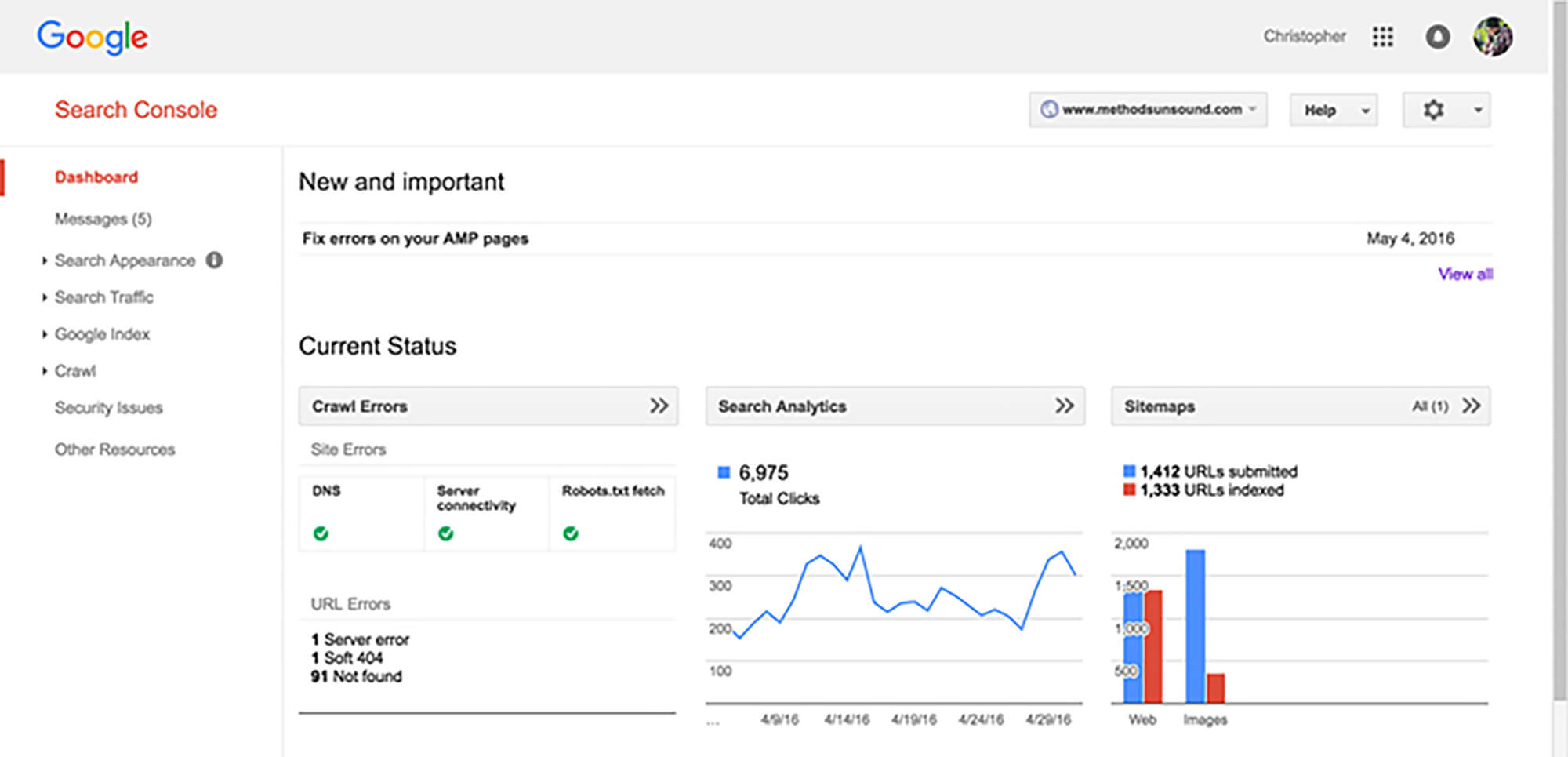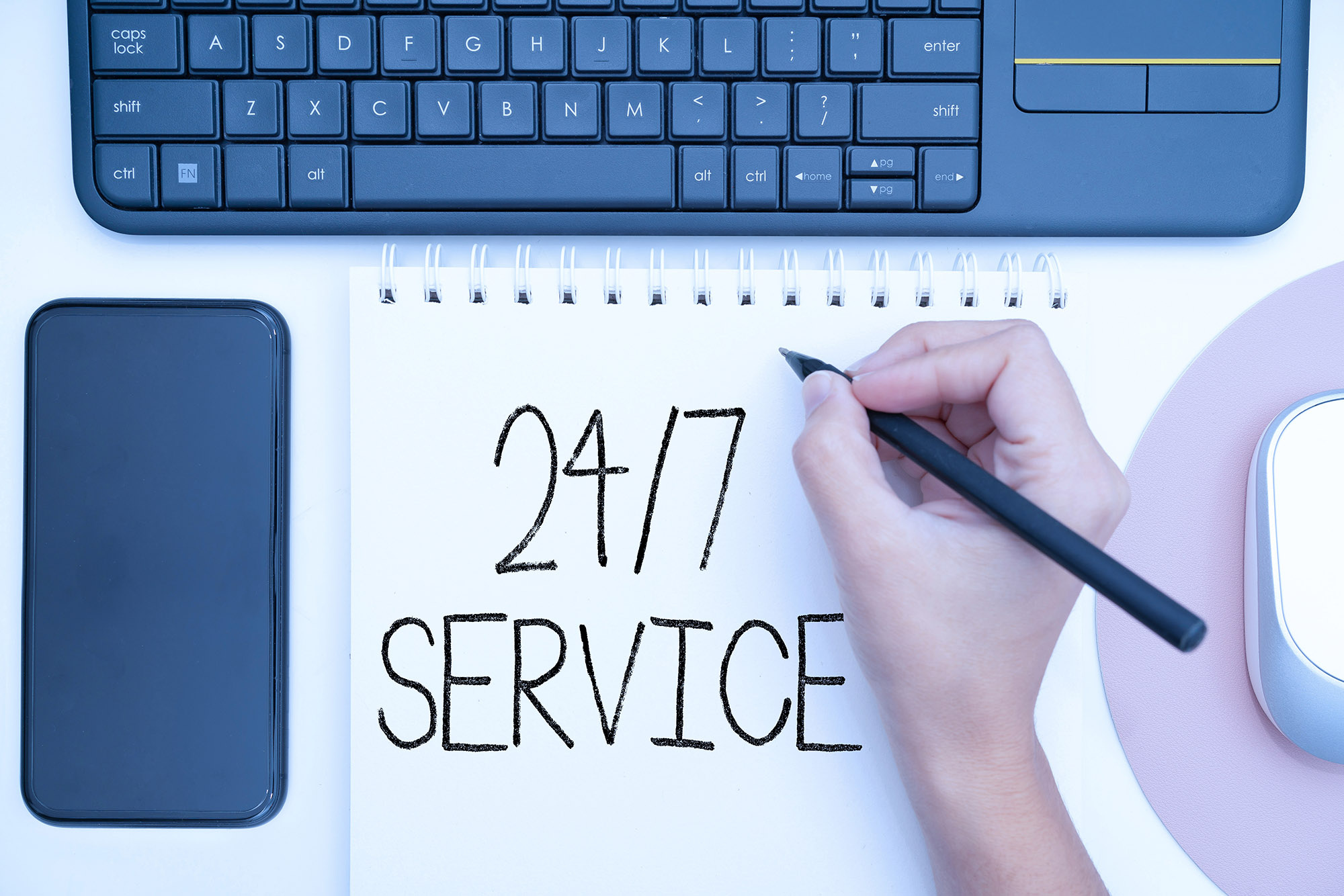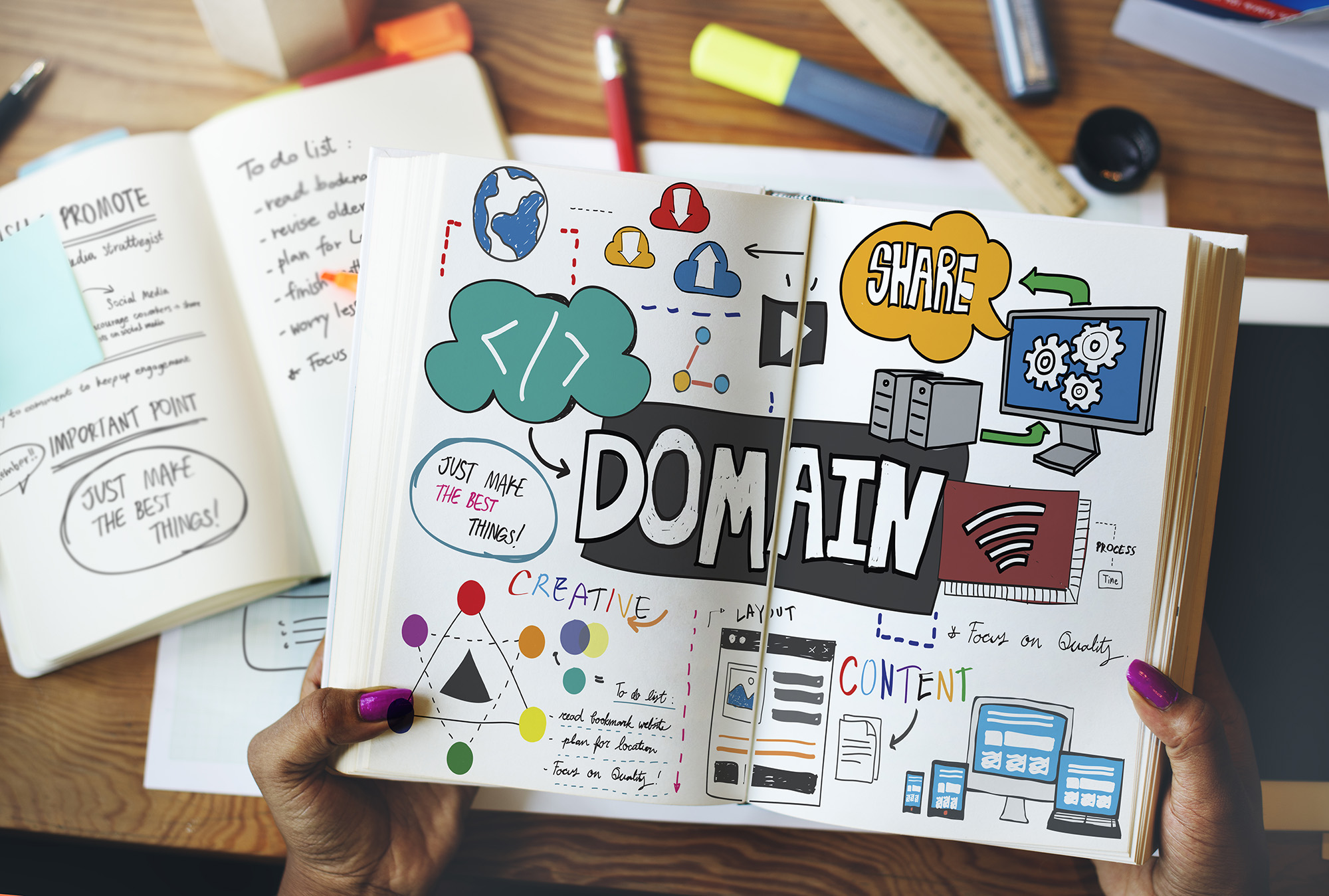
When a visitor lands on your website, you have a mere few seconds to capture their attention. The faster your page loads, the higher the likelihood that the visitor will stick around, engage with your content, and possibly take the actions you desire, such as making a purchase or filling out a form. Conversely, slow page loading can lead to higher bounce rates, reduced time spent on your site, and decreased conversion rates, thus affecting your bottom line.
Furthermore, with the rise in mobile browsing, loading speed becomes even more crucial. Users accessing websites on their mobile devices expect quick load times, irrespective of their internet connectivity. Slower websites can lose a significant portion of their mobile audience and find themselves falling behind in the ever-competitive online arena.
In this comprehensive guide, we’ll delve into various methods you can implement to optimize your website for speed. From understanding the intricacies of how browsers render web pages to leveraging caching and Content Delivery Networks (CDNs), we aim to provide you with actionable steps to make your website faster and more efficient.
By the end of this guide, you’ll have a clearer understanding of why page loading speed is vital and how you can improve it to provide a better user experience, higher search engine rankings, and improved conversion rates.







